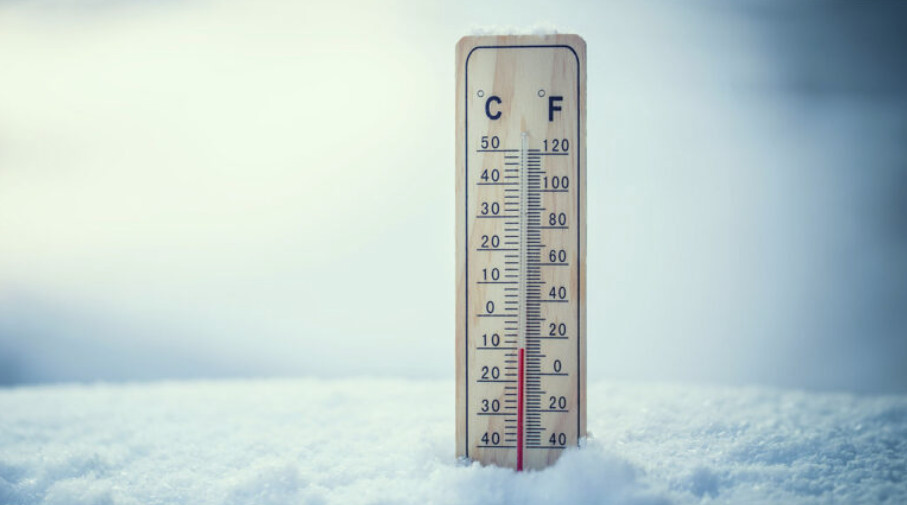
After eight months straight of above average temperatures and six months straight of below average precipitation, we finally broke the streaks in November. Temperatures cooled a good bit and we received well above normal levels of precipitation.
The first five days of the month continued the mild weather but we did receive some rain during that time which was welcome. After that, we saw a somewhat prolonged period of unsettled weather. Over a four-day period from the 6th to the 9th we received 10.8 inches of snowfall. This marked our first snowfall of the season, nearly three weeks later than normal.
From there, we again entered a relatively mild period with dry conditions that lasted 17 days. Finally, on the 27th, we received another nice shot of snow (3.4 inches). The weather then became calm and pleasant for the Thanksgiving weekend.
For the month of November 2024, Thornton’s average temperature came in at 37.9 degrees. This was a good bit cooler than our running 18-year average for November of 39.6 degrees. Temperatures ranged from a high of 68.7 degrees on the 23rd down to a low of 15.3 degrees on the morning of the 28th.
Out at Denver International Airport where Denver’s official measurements are taken, the Mile High City saw an average temperature for the month of 38.2 degrees. This was below their long term November average of 39.4 degrees.
In terms of precipitation, between rain and melted snow, Thornton recorded a very healthy 1.76 inches for the month. This was far above our running average for November of 0.54 inches. It was, in fact, the wettest November we have recorded in 18 years.
The Mile High City saw 1.98 inches in their bucket, mainly due to higher snowfall out at the airport. This was well above Denver’s long term November average of 0.64 inches and was the 5th wettest November ever recorded in Denver.
As previously mentioned, snowfall was quite abundant. Thornton recorded 14.2 inches, more than double our 18-year November average of 6.2 inches. This made November 2024 the third snowiest November in our books over that period.
Denver bested us on the snowfall front with a whopping 23.3 inches at the airport. This was far above their long-term November average of 7.3 inches. It also put November 2024 into Denver’s record books as the 4th snowiest November ever recorded.
Click here to view Thornton’s complete November 2024 climate summary report.












 With the first full month of fall here, October usually brings one of the quietest weather months in the Denver area with plenty of mild, sunny days and clear, cool nights.
With the first full month of fall here, October usually brings one of the quietest weather months in the Denver area with plenty of mild, sunny days and clear, cool nights.